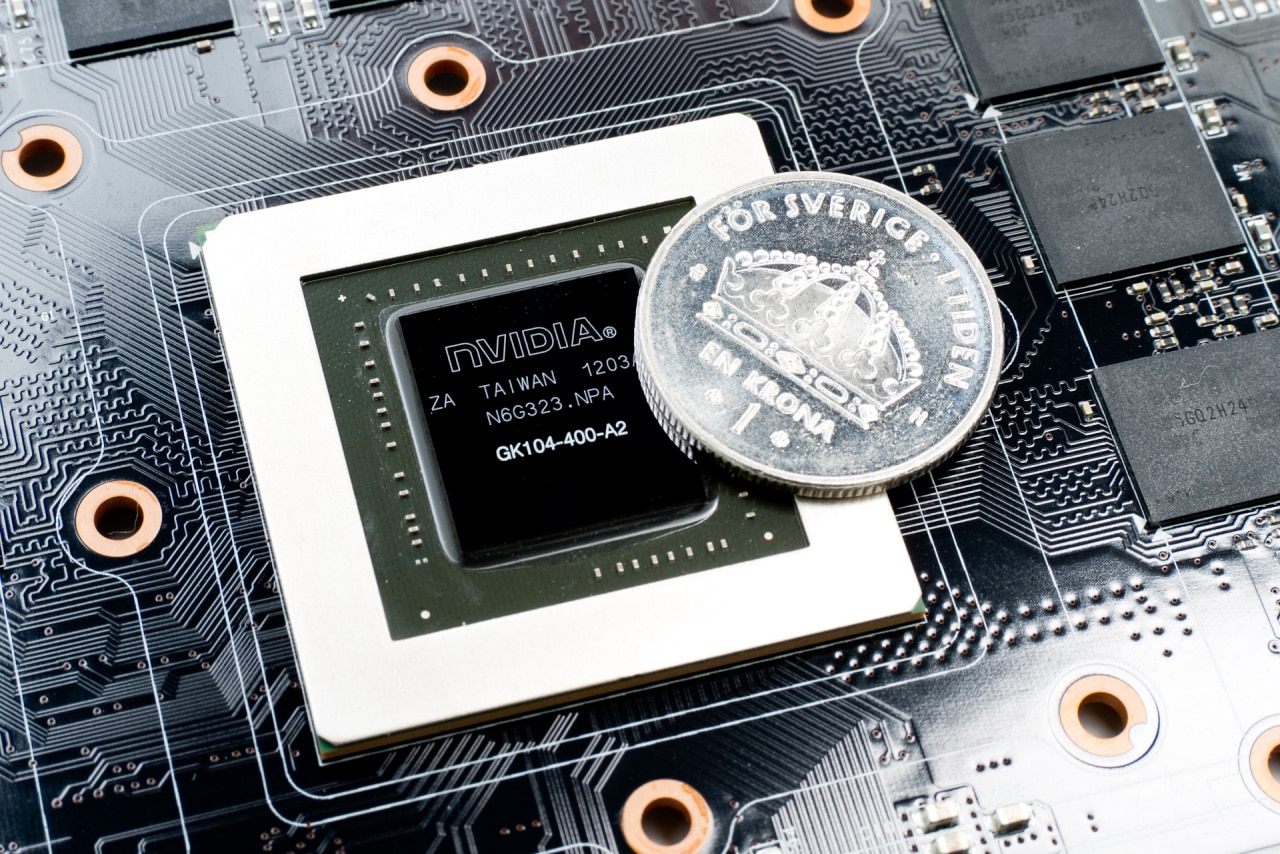The major motherboard manufacturers are happy to emphasize support for PCI Express 3.0, but it was not until the turn of the year when the Radeon HD 7000 series was launched that the new interface came into use. Nvidia does not want to be worse with the Geforce GTX 680 and claims that the graphics card supports the higher bandwidth – but there are exceptions.
GeForce GTX 680 supports PCI Express 3.0. The Intel X79/SNB-E PCI Express 2.0 platform is only currently supported up to 5GT/s (PCIE 2.0) bus speeds even though some motherboard manufacturers have enabled higher 8GT/s speeds.
It now appears that Nvidia has disabled PCI Express 3.0 for computer systems based on motherboards with Intel X79, ie the platform for the lavish Core i7 series “Sandy Bridge-E”.
Anyone who owns an X79-based motherboard will thus find that the Geforce GTX 680 goes down to PCI Express 2.0 and a bandwidth of about 16 GB / s – about half of what the later version of the interface allows.
PCI Express
Version | Bit rate | Bandwidth per channel / direction | Total bandwidth x16 |
|---|---|---|---|
PCI-E 1.0 | 2,5 GT/s | ca 250 MB / s | ca 8 GB/s |
PCI-E 2.0 | 5,0 GT/s | ca 500 MB / s | ca 16 GB/s |
PCI-E 3.0 | 8,0 GT/s | ca 1 GB/s | ca 32 GB/s |
PCI-E 4.0 | 16,0 GT/s | ca 2 GB/s | ca 64 GB/s |
The reason for Nvidia’s design choice is not yet known, but by and large it is probably not a change that affects the overall performance in a negative way. The fact remains, however, that the competitor AMD’s graphics card has no problem using PCI Express 3.0 on the same motherboard, which raises some questions.















